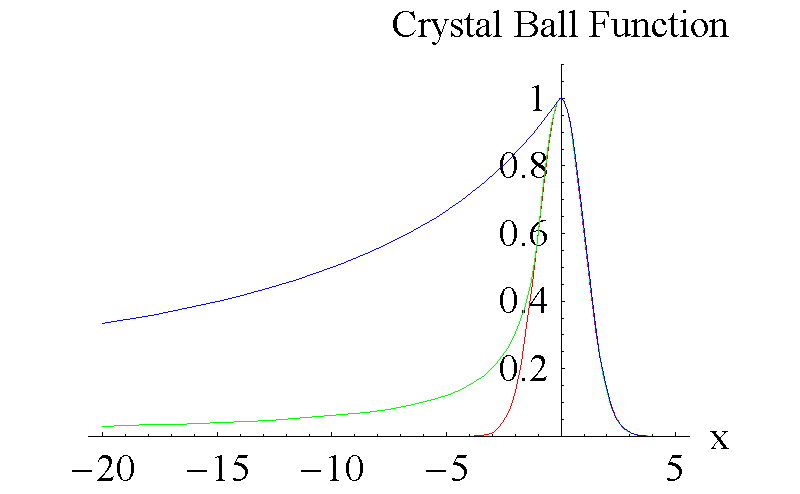Crystal region

|

|
|
Etag > 5 GeV, r<1 cm; 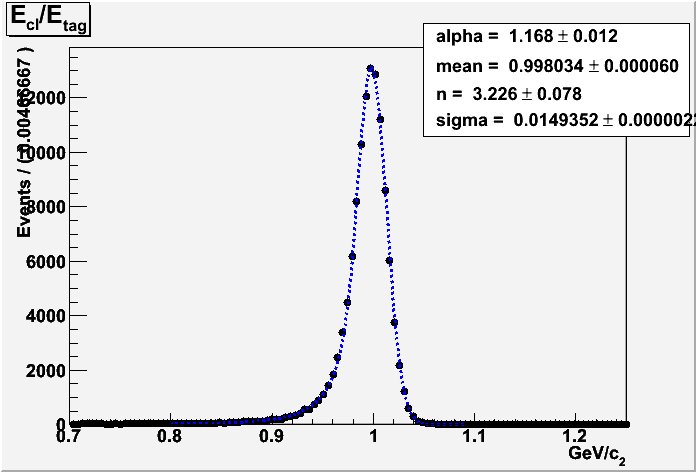
|
Etag > 5 GeV, r<1 cm; 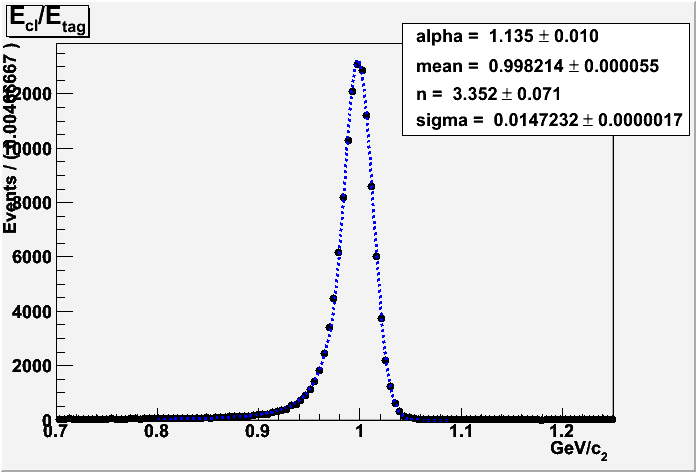
|
Resolution vs. Energy
The energy resolution as function of energy for different r (radius from HyCal module center) is obtained

|
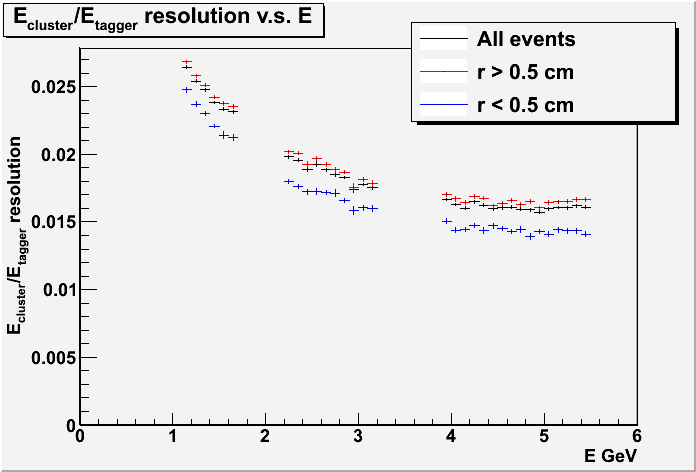
|
Resolution for different HyCal regions
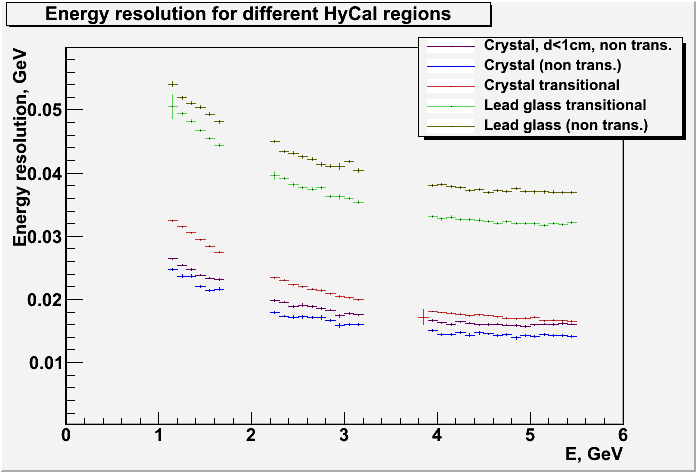
Crystal region. r < 0.5 cm; 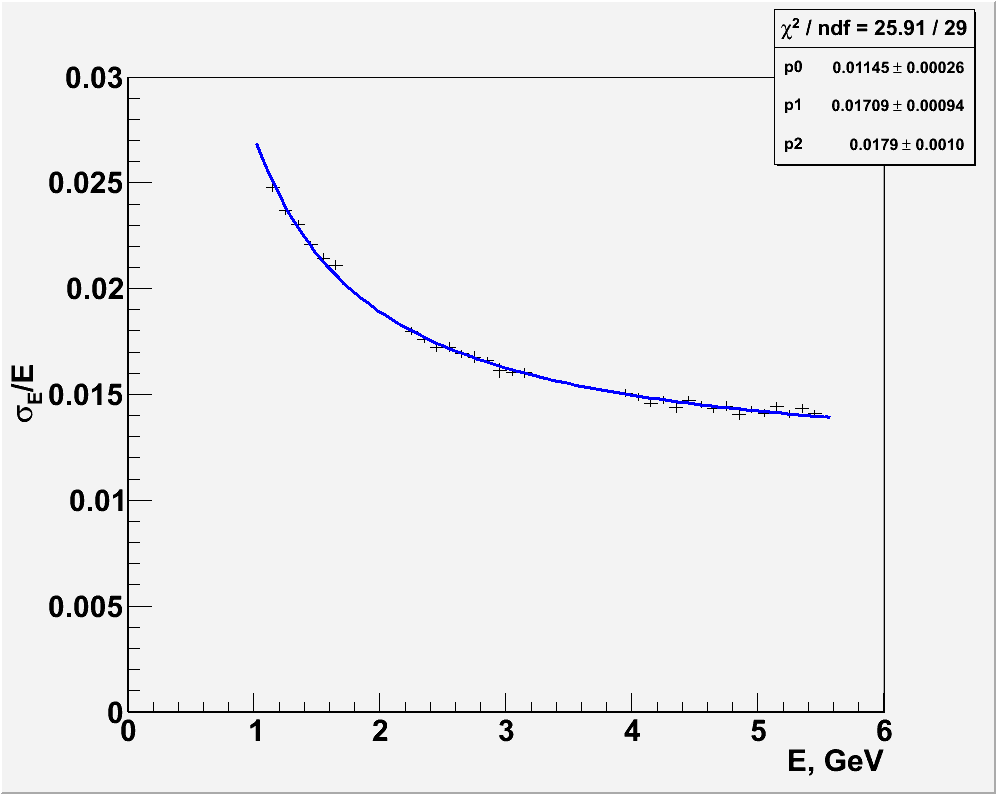
|
Crystal region. 
|
Crystal region. Transition modules; 
|
Glass region. Transition modules; 
|
Glass region. 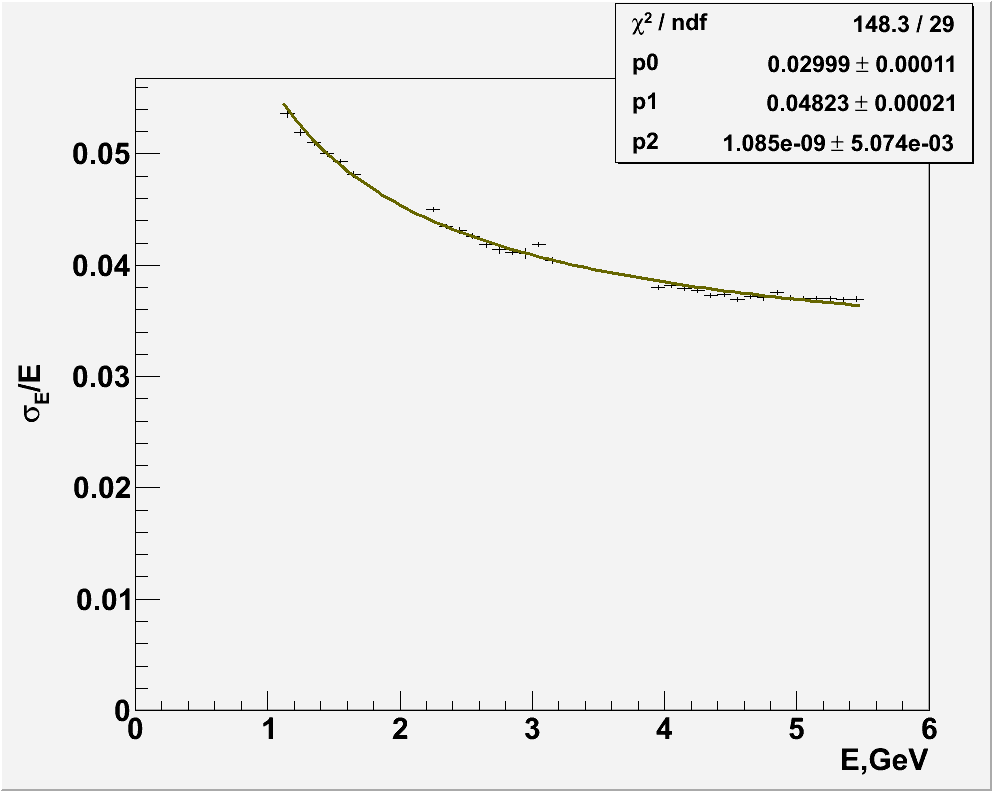
|
Glass region. Edge. 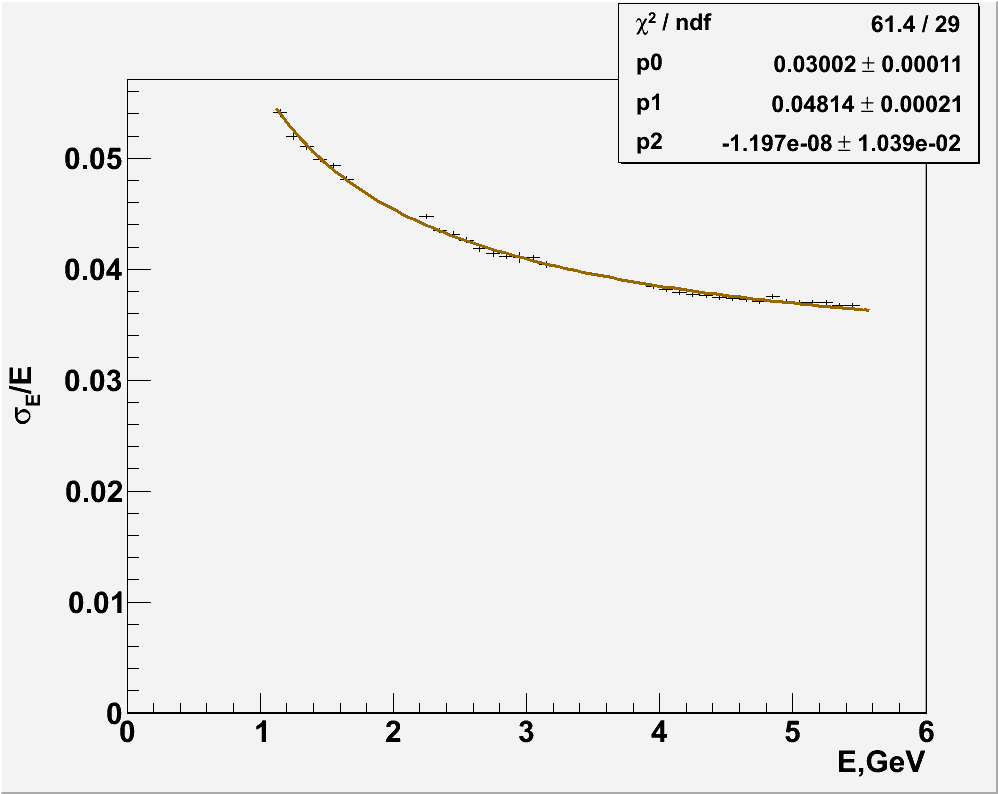
|
Energy resolution vs. coordinate
The energy resolution as function of relative position inside HyCal module

The energy resolution as function of X coordinate




